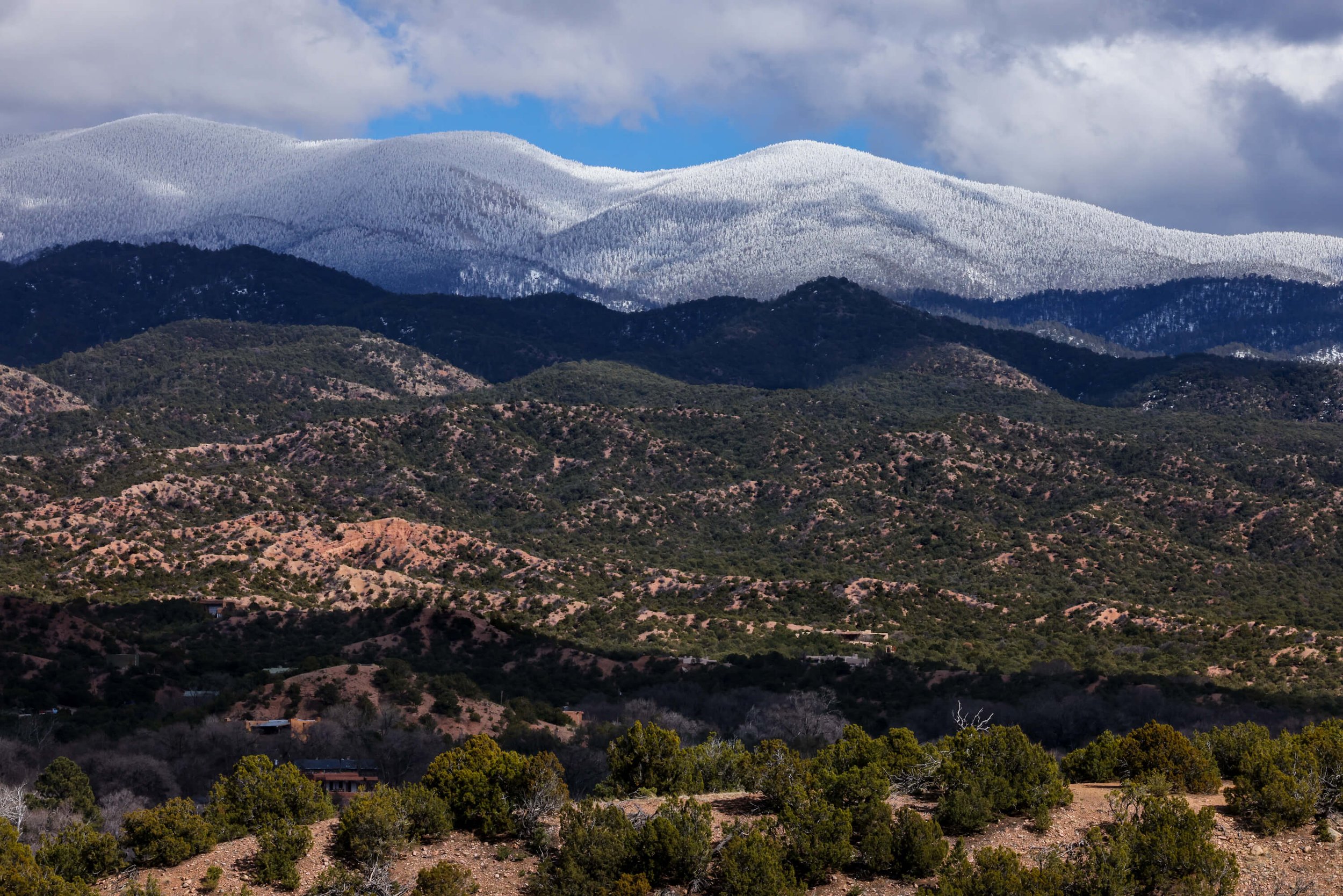
PIÑON-JUNIPER WOODLAND
The West’s Iconic Arid Forest
Covering the interior West
piñon-juniper woodlands form belts around mountain ranges and decorate the rugged, arid lands. They are one of the least-studied forest types with a very high number of obligate or semi-obligate bird species — meaning these birds depend on the woodland for all or part of their life cycle. They are home to numerous Native American tribes, small and large cities, rural areas, centuries old gnarled hardy trees, and important habitat for species in peril, namely the Pinyon Jay.
While Pinyon Jays are resilient and adaptable
we do not yet know how vulnerable they are to rapid changes and human pressure on their habitat occurring today. Numerous factors including climate change induced piñon pine mass mortality, reduced piñon pine seed production caused by warmer and drier Southwest, and removal of piñon pines for wildfire prevention, cattle grazing, fuel wood, housing and energy developments, management of grassland species, and other reasons have impacted nesting colonies and foraging sites and changed the available habitat for Pinyon Jays in this ecosystem.
A population on the brink
The changes in piñon woodlands has pushed the woodland and the Pinyon Jay into a snowballing decline. The result is a loss of 85% of the Pinyon Jay population across the West in the last 40 years. If the current rate of decline continues, another 50% of their population will disappear in the next 15 years.
Make your voice heard on the unfolding situation facing the Piñon-Juniper Woodland
An avoidable casualty
scientists, environmental groups, volunteers are working fast to study and better understand how Pinyon Jays use the landscape to inform our decisions. Right now, enough information is available to know that some simple changes in land management practices can be made that will make a big difference for the Pinyon Jays.
An opportunity awaits
to reimagine our relationship and value of this essential woodland and start to live with it and in it in a way that tends to the needs of wildlife, birds, future generations facing a drier and hotter West, and woodland alike.





